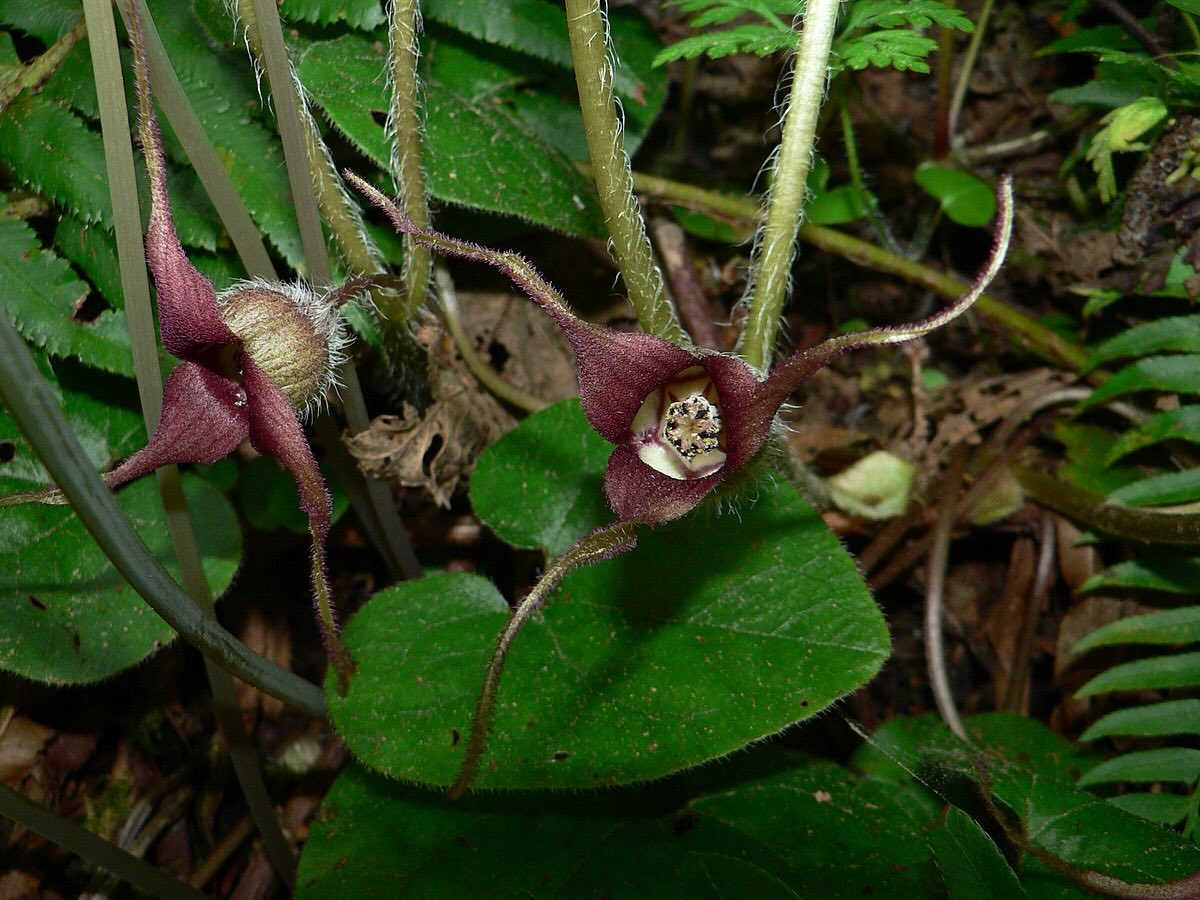
Asarum, commonly known as wild ginger, is a fascinating plant with a rich history and unique characteristics. Did you know that Asarum has been used in traditional medicine for centuries? This plant, often found in shady forests, boasts heart-shaped leaves and small, hidden flowers. Its rhizomes emit a ginger-like aroma, which is why it's called wild ginger, though it's not related to culinary ginger. Asarum species play a crucial role in their ecosystems, providing ground cover and habitat for various creatures. Whether you're a botany enthusiast or just curious about nature, these 29 facts about Asarum will surely pique your interest and deepen your appreciation for this remarkable plant.
What is Asarum?
Asarum, commonly known as wild ginger, is a fascinating plant genus with unique characteristics. Found primarily in North America and Asia, these plants have a lot to offer. Let's dive into some intriguing facts about Asarum.
- Asarum plants belong to the Aristolochiaceae family, which includes about 70 species.
- The name "wild ginger" comes from the ginger-like aroma of the plant's roots, although it is not related to true ginger.
- Asarum canadense, or Canadian wild ginger, is one of the most well-known species in North America.
- These plants are typically found in shaded, woodland areas, thriving in moist, rich soil.
- Asarum species are perennial herbs, meaning they live for more than two years.
- The leaves of Asarum plants are usually heart-shaped and grow close to the ground.
- Asarum flowers are small, often hidden beneath the foliage, and have a unique, tubular shape.
- The flowers of Asarum are typically pollinated by ants and small insects.
- Asarum plants produce a capsule fruit that contains multiple seeds.
- The seeds of Asarum have a fleshy appendage called an elaiosome, which attracts ants for seed dispersal.
Historical Uses of Asarum
Asarum has been used for various purposes throughout history. From medicinal uses to culinary applications, this plant has a rich history.
- Native Americans used Asarum canadense as a medicinal herb to treat colds, fevers, and digestive issues.
- The roots of Asarum were often used as a spice substitute for ginger in cooking.
- In traditional Chinese medicine, Asarum species like Asarum heterotropoides are used to treat respiratory ailments.
- The plant was also used as a natural insect repellent due to its strong aroma.
- Some cultures believed that Asarum had magical properties and used it in rituals and ceremonies.
Unique Characteristics of Asarum
Asarum plants have some unique features that set them apart from other plants. These characteristics make them a subject of interest for botanists and plant enthusiasts.
- Asarum plants have a rhizomatous root system, which allows them to spread and form dense colonies.
- The leaves of some Asarum species have a velvety texture, adding to their ornamental appeal.
- Asarum flowers are often maroon or brown, blending in with the forest floor.
- The plant's low-growing habit makes it an excellent ground cover for shaded gardens.
- Asarum europaeum, or European wild ginger, is known for its evergreen foliage, providing year-round interest.
Conservation and Cultivation of Asarum
Asarum plants are not only interesting but also important for the environment. Conservation efforts and cultivation practices help ensure their survival.
- Some Asarum species are considered endangered due to habitat loss and overharvesting.
- Conservation efforts include protecting natural habitats and promoting sustainable harvesting practices.
- Asarum plants are relatively easy to grow in shaded gardens, making them popular among gardeners.
- They prefer well-drained, humus-rich soil and benefit from a layer of mulch to retain moisture.
- Asarum plants can be propagated by division or seed, allowing gardeners to expand their collections.
Fun Facts About Asarum
Here are some fun and lesser-known facts about Asarum that might surprise you.
- The genus name "Asarum" is derived from the Greek word "asaros," meaning "not fitting for garlands," due to the plant's low-growing habit.
- Asarum plants are often used in woodland gardens and naturalized areas for their attractive foliage and ground-covering abilities.
- Some species of Asarum have leaves with distinctive patterns, adding visual interest to shaded areas.
- The plant's unique flowers are sometimes referred to as "little brown jug" due to their shape and color.
Asarum is a remarkable genus with a rich history, unique characteristics, and important ecological roles. Whether you're a gardener, a botanist, or simply a plant enthusiast, there's always something new to learn about these fascinating plants.
The Final Word on Asarum
Asarum, often overlooked, holds a treasure of fascinating facts. From its medicinal uses to its unique pollination methods, this plant is more than just a pretty face in the forest. Its heart-shaped leaves and distinctive flowers make it a standout in any garden. Beyond aesthetics, Asarum's historical significance and cultural importance add layers to its story. Whether you're a botany enthusiast or just curious, there's always something new to learn about this intriguing plant. So next time you spot those glossy leaves on a woodland walk, remember the rich history and biological marvels of Asarum. Happy exploring!
Was this page helpful?
Our commitment to delivering trustworthy and engaging content is at the heart of what we do. Each fact on our site is contributed by real users like you, bringing a wealth of diverse insights and information. To ensure the highest standards of accuracy and reliability, our dedicated editors meticulously review each submission. This process guarantees that the facts we share are not only fascinating but also credible. Trust in our commitment to quality and authenticity as you explore and learn with us.
